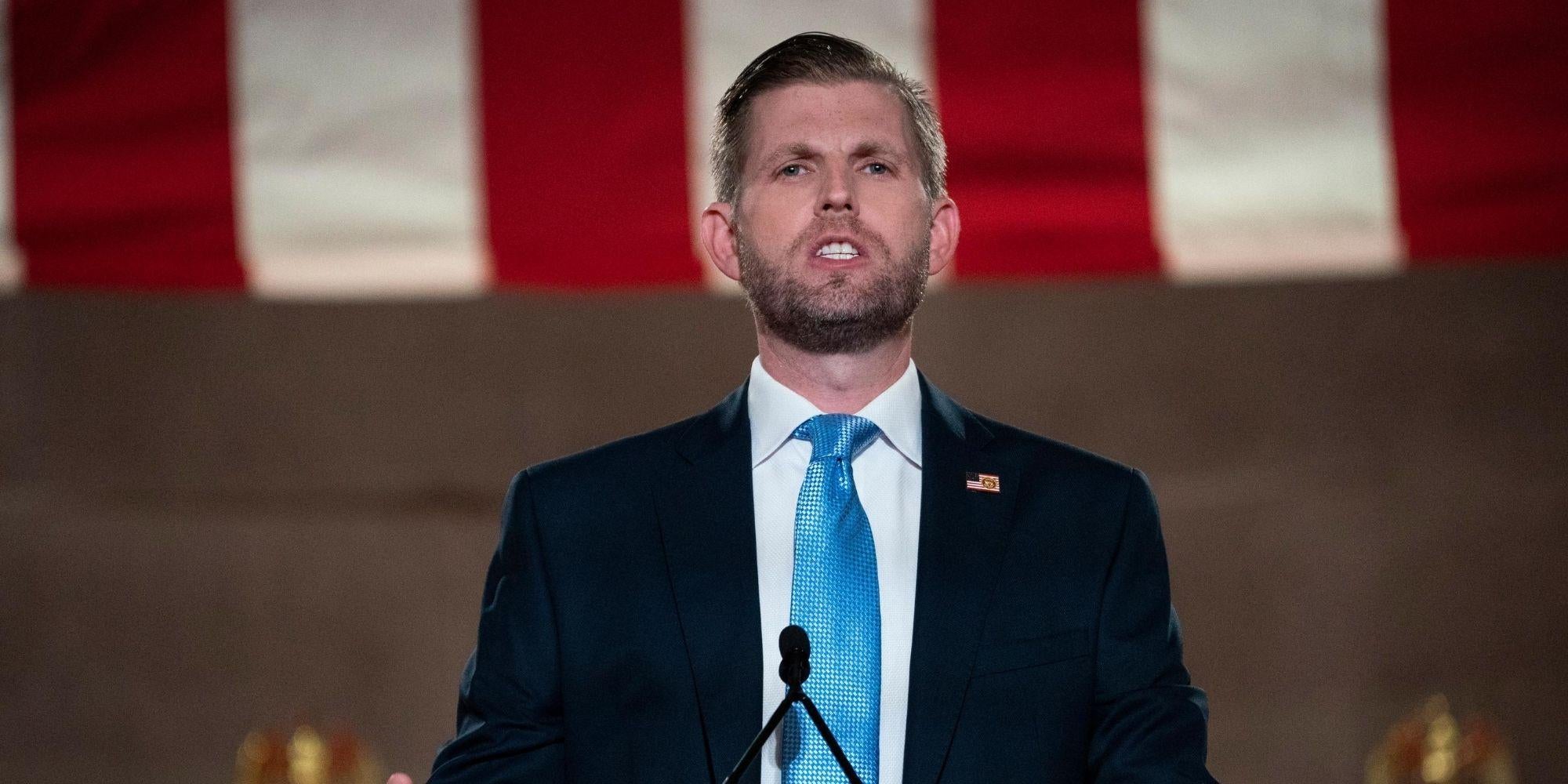Why you shouldn’t be too worried about the Republican National Convention, as scary as it may seem
Let’s take a look at how Trump’s show compares to its Democratic counterpart


The convention circus has come to town again – albeit in a different form to any other we’ve seen before. With a smaller live spectacle than the Republican National Convention had hoped for, and the Democratic version almost entirely virtual, this year has certainly been unique. But how has that impacted America’s interest in the political showcases? And how do the two diverging conventions compare to each other?
Let me take you back to 2016. With Donald Trump and Hillary Clinton at the helm, the RNC was held between July 18 and 21, the DNC July 25 and 28. By using search trends data, we can see at what frequency people were googling certain words at the time. During these dates, we can see that the DNC (red) dominated over RNC (blue).

Trump and Clinton were slightly closer in the battle for Google interest, but the winner was clear – the same as the man who would go on to win the election.

Let’s fast forward four years. There are still two nights left of the RNC, with the grand finale expected to bring in the most interest of the Republican week. At the moment the DNC (red) is far ahead in the lead, but RNC (blue) is on the up. Will they catch up? Let’s wait and see.

When we drill down into the presidential candidates of 2020, the winner – unsurprisingly – stays the same.

So that leaves us with interest falling – very roughly – in this order: Trump, DNC, Clinton/Biden, RNC. These search numbers roughly mirror the overall viewing figures, according to Nielsen data.
- 2020 DNC: 19 million
- 2016 DNC: 25 million
- 2020 RNC: 15.8 million
- 2016 RNC: 18.7 million
If we look to social media, where most of the conversation around events like this takes place, the interest levels are almost identical. In 2016, “Donald Trump” was the keyword set with most articles published and interacted with on Facebook, followed by “DNC”, “Hillary Clinton” and “RNC”, according to NewsWhip data. In 2020 the rankings are so far the same (of course with “Joe Biden“ replacing “Clinton”).
The powerhouses of social media and search traffic appear aligned on this matter, so what conclusions can we draw? Interest in the RNC appears to be consistently lowest of all our key areas. Whether it’s 2016 or 2020, more people are interested and interacting with the Democrats’ convention. So no matter how many right-wing commentator rabbits the GOP pulls out of the hat this week, it’s unlikely to top the DNC.
As fascinating as data like this is, it serves as an important reminder not to get carried away in terms of equating interest with voting intentions. In 2016 there was huge interest in the DNC and Hillary Clinton, and she of course went on to win the popular vote, but that didn’t get her into the Oval Office.
Despite polls suggesting voters see 2020 as the most important election in 20 years, interest in the conventions are lower. So as much as politicians, journalists and political pundits like to put weight on these events and how much attention they get, it does not necessarily translate to what we will see in November. These interest trends fan the flames of the two political fires, but they cannot change their direction – and they certainly cannot tell us how big the blaze will grow.
Yours,
Lucy Anna Gray
US audience editor
Join our commenting forum
Join thought-provoking conversations, follow other Independent readers and see their replies
Comments